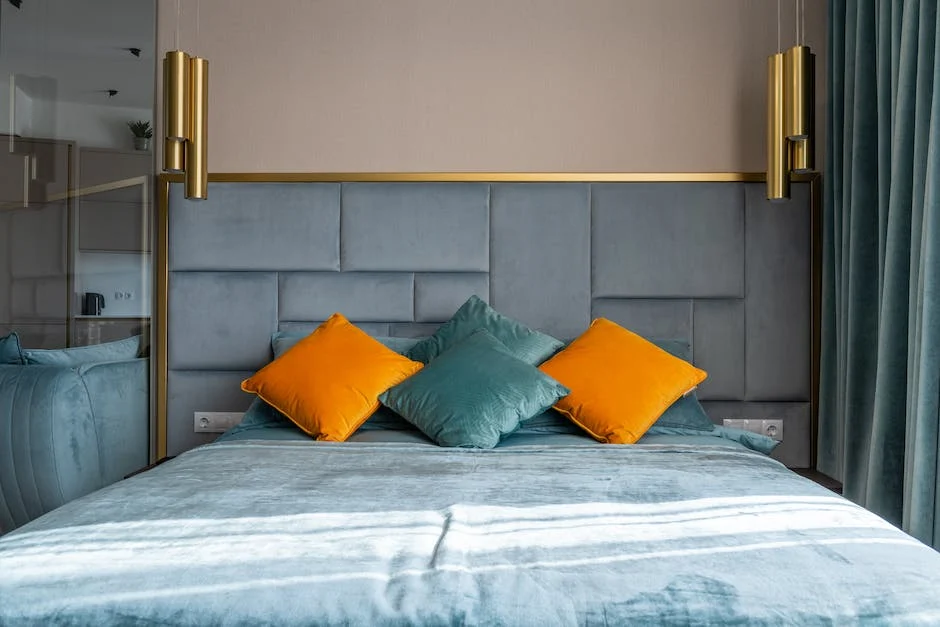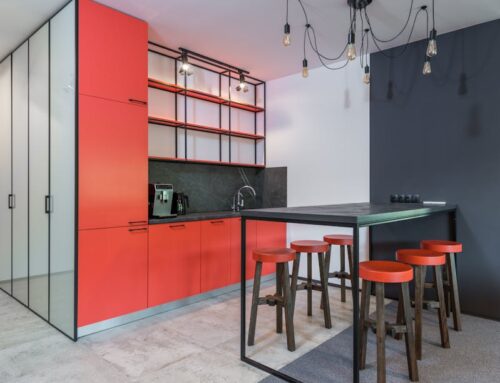Understanding color psychology
Color psychology explores the impact of different colors on our emotions and behavior. The colors in our environment can affect our mood, energy levels, and even our productivity. Here are a few examples of how different colors can influence us:
- Red: It can evoke feelings of passion, excitement, and energy
- Blue: It is known for promoting calmness and relaxation
- Yellow: It is associated with joy, happiness, and optimism
- Green: It can represent harmony, balance, and growth
By understanding the psychological effects of colors, you can make informed decisions when choosing the color scheme for your home.
Color influences emotions and moods
Color has a powerful effect on our emotions and moods. Different colors can evoke various feelings, affecting our overall well-being. For example, warm colors such as red, orange, and yellow can create a sense of energy and excitement, while cool colors like blue and green can promote feelings of calm and relaxation. Understanding the impact of color psychology can help you create a home environment that fosters the emotions and moods you desire.
Choosing the right colors for different rooms
Color psychology can influence the atmosphere of different rooms in your home. Cool colors such as blues and greens are known to create a calming effect, making them suitable for bedrooms and bathrooms. Meanwhile, warm colors like reds and oranges can bring energy and warmth, making them ideal for living rooms and dining areas. Consider using neutral colors such as whites and beiges for spaces where you want to create a sense of openness and cleanliness, such as kitchens and home offices. Light colors can make a small room feel larger, while dark colors can add a sense of coziness to larger spaces. Always take into account the natural light in each room, as it can affect how colors appear.
Impact of warm colors in the home
Warm colors like red, orange, and yellow can create a cozy and inviting atmosphere in your home. These colors are known to stimulate energy and evoke feelings of warmth and positivity. Incorporating warm colors through accent walls, furnishings, or decorative elements can help create a vibrant and lively ambiance in your living space. Additionally, warm colors are often associated with promoting social interaction and enhancing appetite, making them ideal for areas like the dining room or living room.
Creating a calming atmosphere with cool colors
Consider using cool colors like blue, green, or purple to create a calming atmosphere in your home. These colors are known to evoke feelings of serenity, relaxation, and tranquility. You can incorporate cool colors through your wall paint, furniture, decor, and accessories. For example, you can choose a soothing blue paint for your bedroom, add some green plants, and incorporate purple accents through throw pillows or artwork. These cool colors can help reduce stress, promote a sense of calm, and create a peaceful environment within your home.
Utilizing accent colors for visual interest
Accent colors are an effective way to add visual interest to your living space. They can create a focal point and enhance the overall aesthetic of a room. By strategically incorporating accent colors through decorative pillows, rugs, artwork, or small furniture pieces, you can infuse energy and personality into your home decor. It’s important to choose accent colors that complement the existing color scheme to avoid overwhelming the space. When utilized thoughtfully, accent colors can transform the ambiance of a room and elevate its visual appeal.
Colors for productivity and focus
The colors in your home can significantly impact your productivity and focus. According to color psychology, certain colors are known to stimulate the brain and enhance concentration. Consider incorporating the following colors into your home to boost productivity and focus:
- Blue: Known for its calming and soothing effect, blue can help improve focus and productivity, making it an ideal choice for home offices.
- Green: Associated with nature, green promotes a sense of balance and harmony, which can aid in concentration and reduce stress.
- Yellow: A vibrant and energizing color, yellow can help stimulate creativity and optimism, making it beneficial for workspaces or areas where brainstorming and problem-solving occur.
Incorporating color psychology into home decor
When designing your home, it’s important to consider color psychology to create the desired ambiance and atmosphere. By incorporating different colors into your decor, you can evoke specific emotions and moods in each room. This can include using calming blues and greens in the bedroom, energizing yellows in the kitchen, or warm earth tones in the living room to promote a sense of comfort and relaxation. Choosing the right colors can significantly impact the overall feel of your home and improve your mental well-being.
Tips for experimenting with colors
When experimenting with colors in your home, consider the following tips:
- Start small by adding colorful accents like throw pillows, rugs, or artwork to see how they enliven the space.
- Choose a color scheme that reflects the mood you want to create in each room. For example, use calming blues and greens in the bedroom and energizing yellows and oranges in the kitchen.
- Experiment with different shades of the same color to find the right balance of vibrancy and subtlety.
- Use color psychology to your advantage; for instance, blues and greens are known to promote relaxation, while warm hues like red and orange can encourage social interaction.
- Don’t be afraid to mix and match colors, but strive for cohesiveness by maintaining a consistent style throughout the space.
Conclusion and final thoughts
Color psychology is a fascinating aspect of interior design that can significantly impact the mood and atmosphere of your home. Understanding the psychological effects of different colors can help you create spaces that promote relaxation, productivity, or sociability, depending on your goals. As you consider incorporating color psychology into your home, remember that personal preferences and individual experiences also play a role in how people respond to color. Thus, it’s essential to pay attention to how specific colors make you feel and reflect on the overall ambiance you wish to achieve in your living spaces. By combining this understanding with your own aesthetic sensibilities, you can create a home environment that is both visually appealing and conducive to your well-being.



